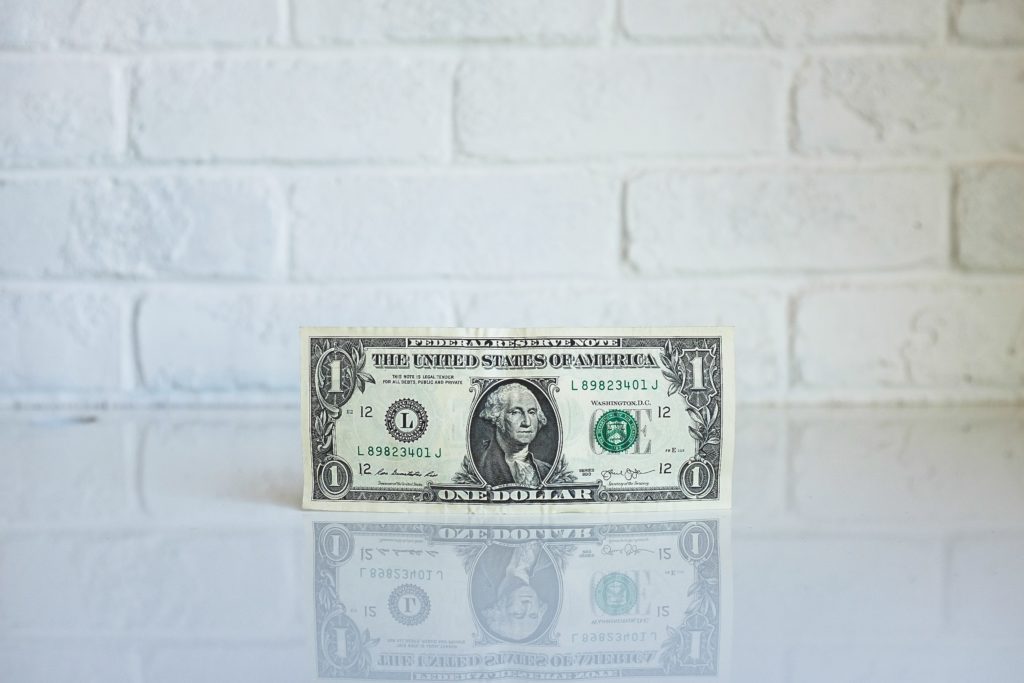
Below are my notes for the book: The Most Important Thing: Uncommon Sense for the Uncommon Investor. I tend to keep notes on things that I have not read in other investment books but if I find that there is an overlap and especially if it was not particularly useful, I will omit that addition into my notes.
Since other investors may be smart, well-informed and highly computerized, you must find an edge they don’t have. You must think of something they haven’t thought of, see things they miss or bring insight they don’t possess. You have to react differently and behave differently. In short, being right may be a necessary condition for investment success, but it won’t be sufficient.
Second-level thinking is deep, complex and convoluted. The second- level thinker takes a great many things into account:
* What is the range of likely future outcomes?
* Which outcome do I think will occur?
* What’s the probability I’m right?
* What does the consensus think?
* How does my expectation differ from the consensus?
* How does the current price for the asset comport with the consensus
view of the future, and with mine?
* Is the consensus psychology that’s incorporated in the price too bullish
or bearish?
* What will happen to the asset’s price if the consensus turns out to be
right, and what if I’m right?
To outperform the average investor, you have to be able to outthink the consensus. Are you capable of doing so? What makes you think so?
Second-level thinkers know that, to achieve superior results, they have to have an edge in either information or analysis, or both. ey are on the alert for instances of misperception.
* Why should a bargain exist despite the presence of thousands of inves- tors who stand ready and willing to bid up the price of anything that’s too cheap?
* If the return appears so generous in proportion to the risk, might you be overlooking some hidden risk?
* Why would the seller of the asset be willing to part with it at a price from which it will give you an excessive return?
* Do you really know more about the asset than the seller does?
* If it’s such a great proposition, why hasn’t someone else snapped it up?
Investing is a popularity contest, and the most dangerous thing is to buy something at the peak of its popularity. At that point, all favorable facts and opinions are already factored into its price, and no new buyers are left to emerge.
The safest and most potentially profitable thing is to buy something when no one likes it. Given time, its popularity, and thus its price, can only go one way: up.
To sum up, I believe that an investment approach based on solid value is the most dependable. In contrast, counting on others to give you a profit regardless of value—relying on a bubble—is probably the least
Like opportunities to make money, the degree of risk present in a market derives from the behavior of the participants, not from securities, strategies and institutions. Regardless of what’s designed into market structures, risk will be low only if investors behave prudently.
I’m firmly convinced that investment risk resides most where it is least perceived, and vice versa:
When everyone believes something is risky , their unwillingness to buy usually reduces its price to the point where it’s not risky at all. Broadly negative opinion can make it the least risky thing, since all optimism has been driven out of its price.
This paradox exists because most investors think quality, as opposed to price, is the determinant of whether something’s risky. But high quality assets can be risky, and low quality assets can be safe. It’s just a matter of the price paid for them. . . . Elevated popular opinion, then, isn’t just the source of low return potential, but also of high risk.
Bottom line: risk control is invisible in good times but still essential, since good times can so easily turn into bad times.
Over a full career, most investors’ results will be determined more by how many losers they have, and how bad they are, than by the greatness of their winners. Skillful risk control is the mark of the superior investor.
Many people possess the intellect needed to analyze data, but far fewer are able to look more deeply into things and withstand the powerful influence of psychology. To say this another way, many people will reach similar cognitive conclusions from their analysis, but what they do with those conclusions varies all over the lot because psychology influences them differently. The biggest investing errors come not from factors that are informational or analytical, but from those that are psychological.
Time and time again, the combination of pressure to conform and the desire to get rich causes people to drop their independence and skepti- cism, overcome their innate risk aversion and believe things that don’t make sense. It happens so regularly that there must be something dependable at work, not a random influence.
The fifth psychological influence is envy. However negative the force of greed might be, always spurring people to strive for more and more, the impact is even stronger when they compare themselves to others. This is one of the most harmful aspects of what we call human nature.
There are two primary elements in superior investing:
• seeing some quality that others don’t see or appreciate (and that isn’t re ected in the price), and
• having it turn out to be true (or at least accepted by the market).
It should be clear from the first element that the process has to begin with investors who are unusually perceptive, unconventional, iconoclastic or early. That’s why successful investors are said to spend a lot of their time being lonely.
skepticism and pessimism aren’t synonymous. Skepticism calls for pessimism when optimism is excessive. But it also calls for optimism when pessimism is excessive.
That’s why the concept of intrinsic value is so important. If we hold a view of value that enables us to buy when everyone else is selling— and if our view turns out to be right—that’s the route to the greatest rewards earned with the least risk.
Since the efficient-market process of setting fair prices requires the involvement of people who are analytical and objective, bargains usually are based on irrationality or incomplete understanding. us, bargains are o en created when investors either fail to consider an asset fairly, or fail to look beneath the surface to understand it thoroughly, or fail to overcome some non-value-based tradition, bias or stricture.
To boil it all down to just one sentence, I’d say the necessary condition for the existence of bargains is that perception has to be considerably worse than reality. at means the best opportunities are usually found among things most others won’t do.
But one of the things I want to do in this chapter is to point out that there aren’t always great things to do, and sometimes we maximize our contribution by being discerning and relatively inactive. Patient opportunism—waiting for bargains—is o en your best strategy.
So here’s a tip: You’ll do better if you wait for investments to come to you rather than go chasing a er them. You tend to get better buys if you select from the list of things sellers are motivated to sell rather than start with a notion as to what you want to own.
The key during a crisis is to be (a) insulated from the forces that require selling and (b) positioned to be a buyer instead. To satisfy those criteria, an investor needs the following things: staunch reliance on value, little or no use of leverage, long-term capital and a strong stomach.
Investors who feel they know what the future holds will act assertively: making directional bets, concentrating positions, levering holdings and count- ing on future growth—in other words, doing things that in the absence of foreknowledge would increase risk. On the other hand, those who feel they don’t know what the future holds will act quite differently: diversifying, hedging, levering less (or not at all), emphasizing value today over growth tomorrow, staying high in the capital structure, and generally girding for a variety of possible outcomes.
Since the investors of the “I know” school, described in chapter 14, feel it’s possible to know the future, they decide what it will look like, build portfolios designed to maximize returns under that one scenario, and largely disregard the other possibilities. The suboptimizers of the “I don’t know” school, on the other hand, put their emphasis on constructing portfolios that will do well in the scenarios they consider likely and not too poorly in the rest.
* We have to practice defensive investing, since many of the outcomes are likely to go against us. It’s more important to ensure survival under negative outcomes than it is to guarantee maximum returns under favorable ones.
* To improve our chances of success, we have to emphasize acting contrary to the herd when it’s at extremes, being aggressive when the mar- ket is low and cautious when it’s high.
His views on market efficiency and the high cost of trading led him to conclude that the pursuit of winners in the mainstream stock markets is unlikely to pay off for the investor. Instead, you should try to avoid hitting losers. I found this view of investing absolutely compelling.
The choice between offense and defense investing should be based on how much the investor believes is within his or her control. In my view, investing entails a lot that isn’t.
I don’t think many investment managers’ careers end because they fail to hit home runs. Rather, they end up out of the game because they strike out too o en—not because they don’t have enough winners, but because they have too many losers. And yet, lots of managers keep swinging for the fences.
Thus, it’s important to return to Bruce Newberg’s pithy observation about the big difference between probability and outcome. Things that aren’t supposed to happen do happen. Short-run outcomes can diverge from the long-run probabilities, and occurrences can cluster.
One way to improve investment results—which we try hard to apply at Oaktree—is to think about what “today’s mistake” might be and try to avoid it.
Most investors think diversification consists of holding many different things; few understand that diversification is effective only if portfolio holdings can be counted on to respond differently to a given development in the environment.
Only investors with unusual insight can regularly divine the probability distribution that governs future events and sense when the potential re- turns compensate for the risks that lurk in the distribution’s negative left- hand tail.
